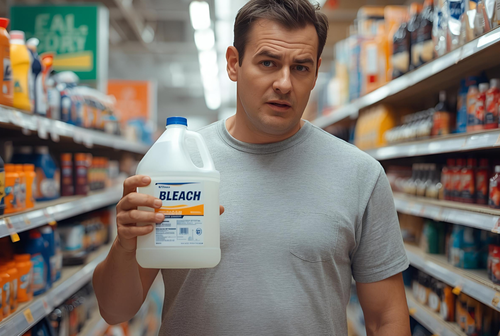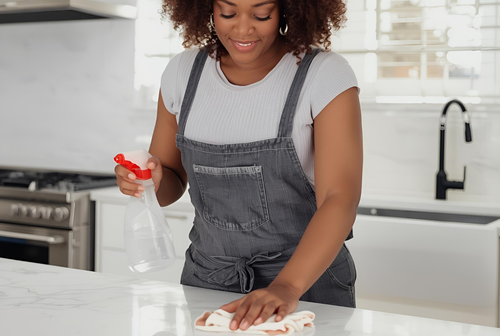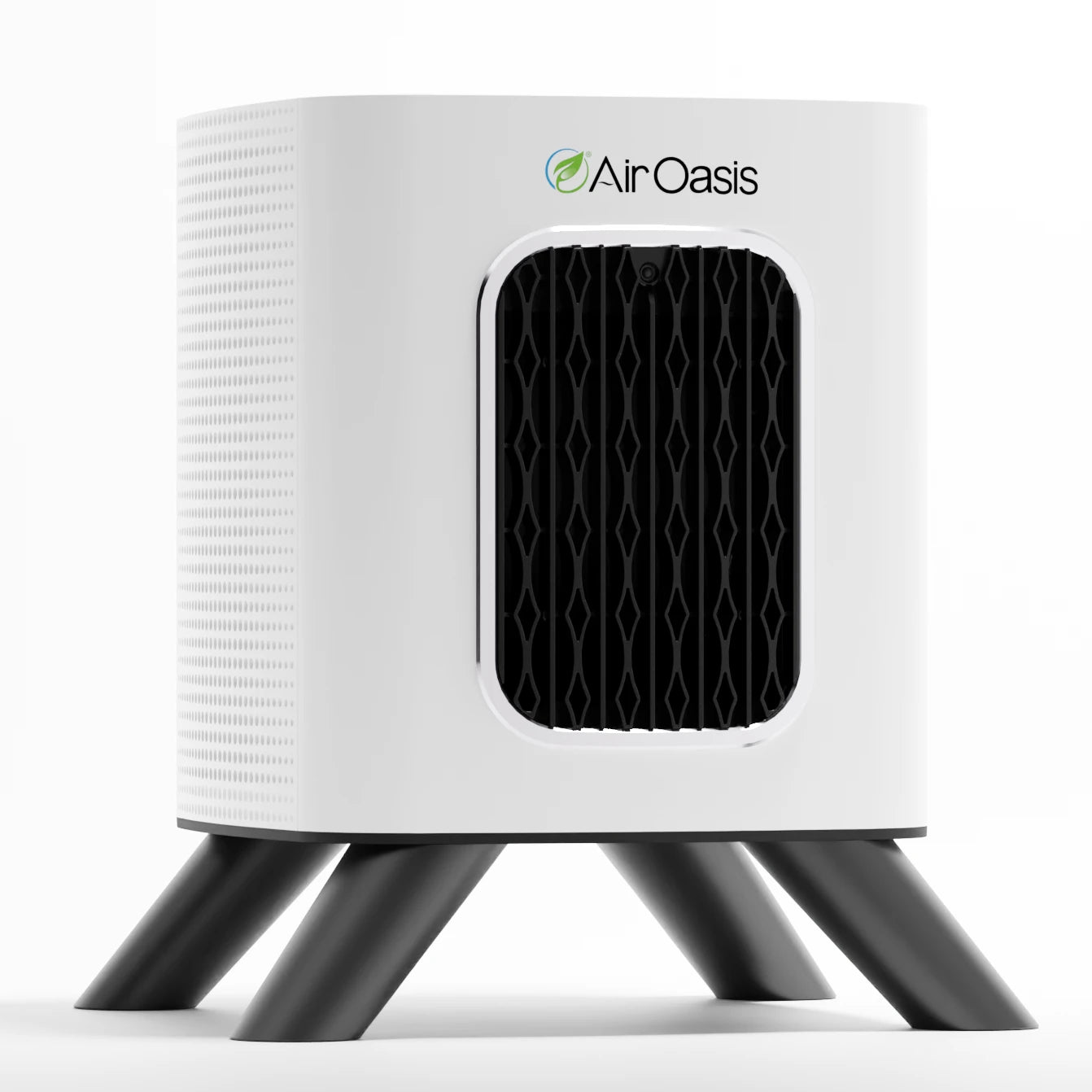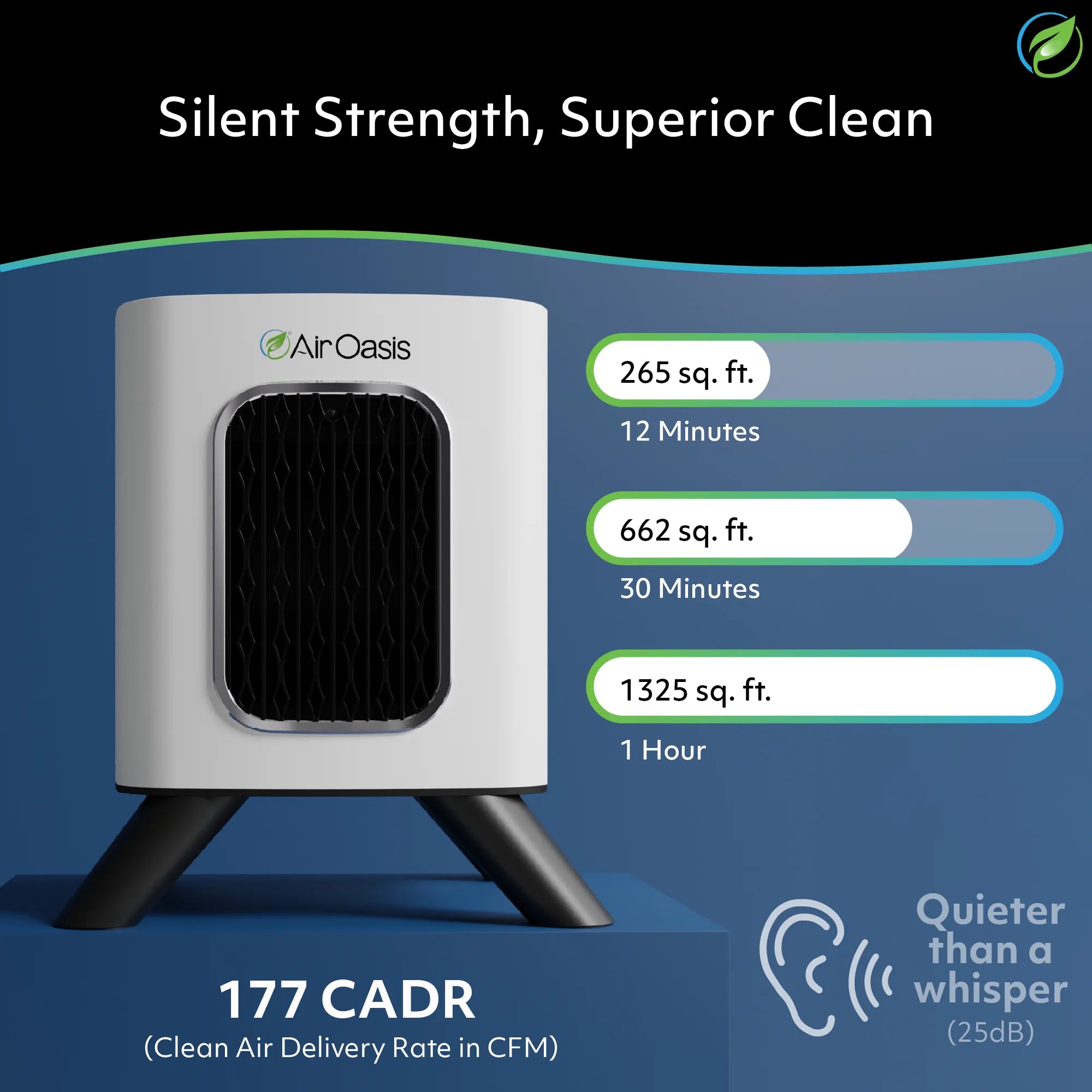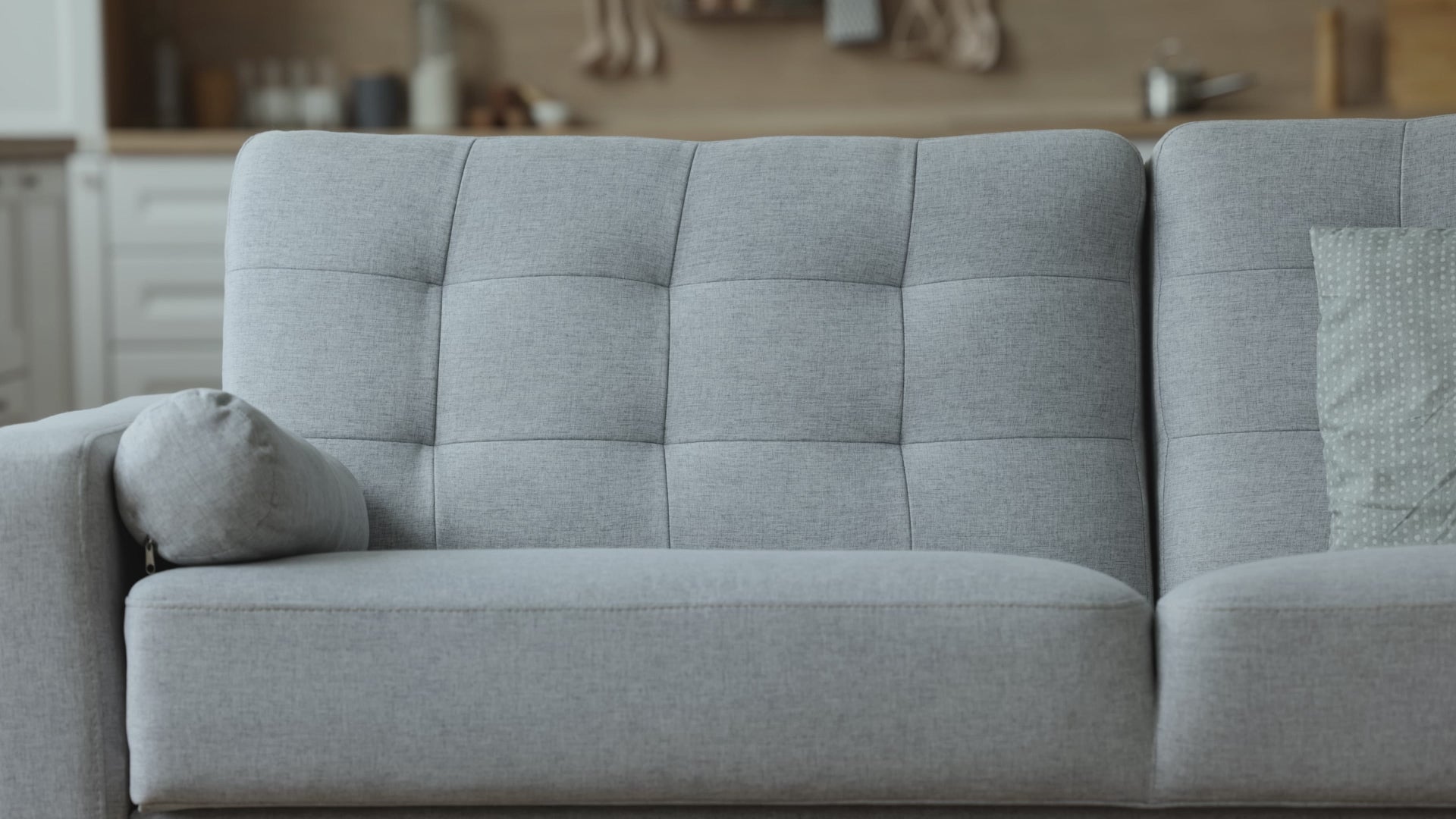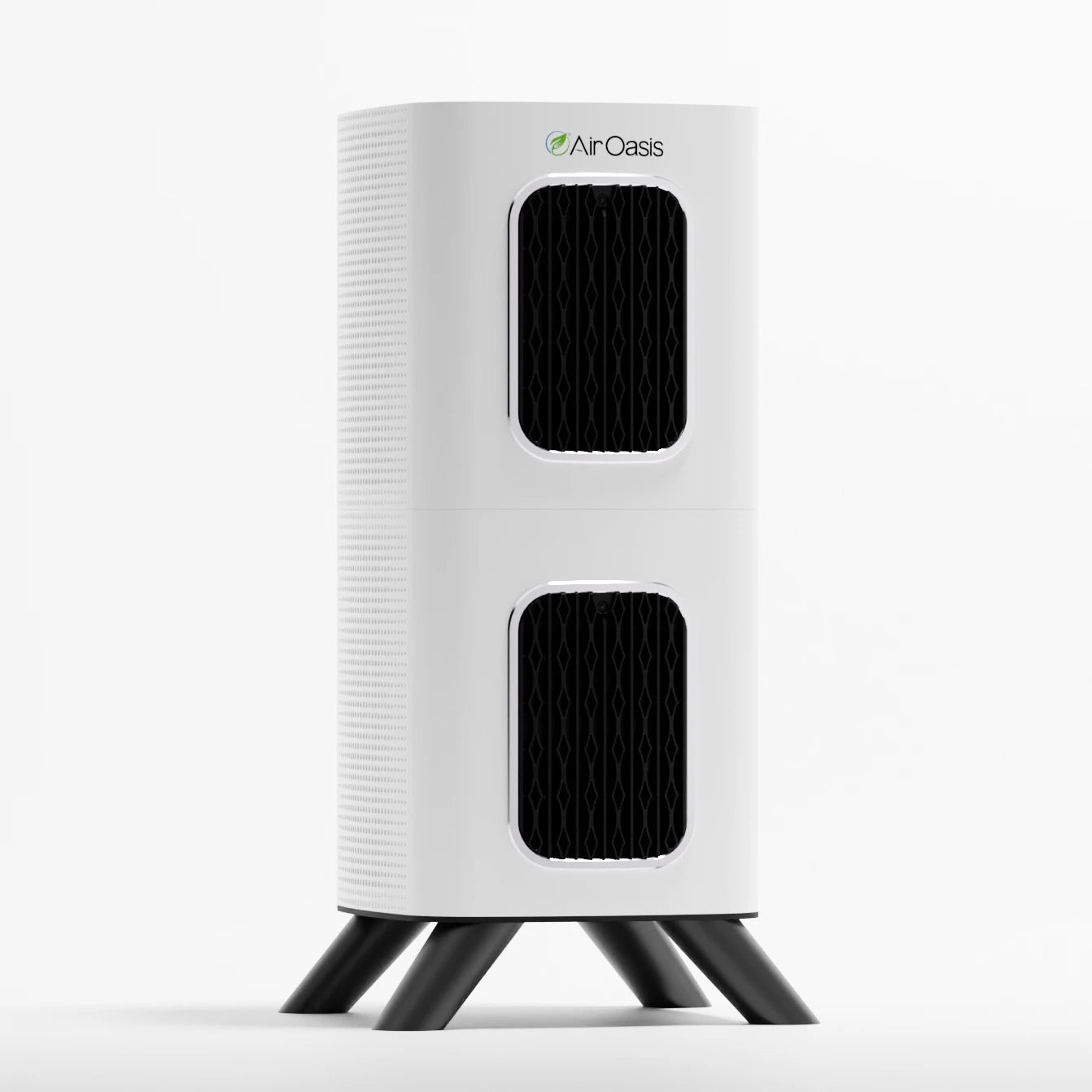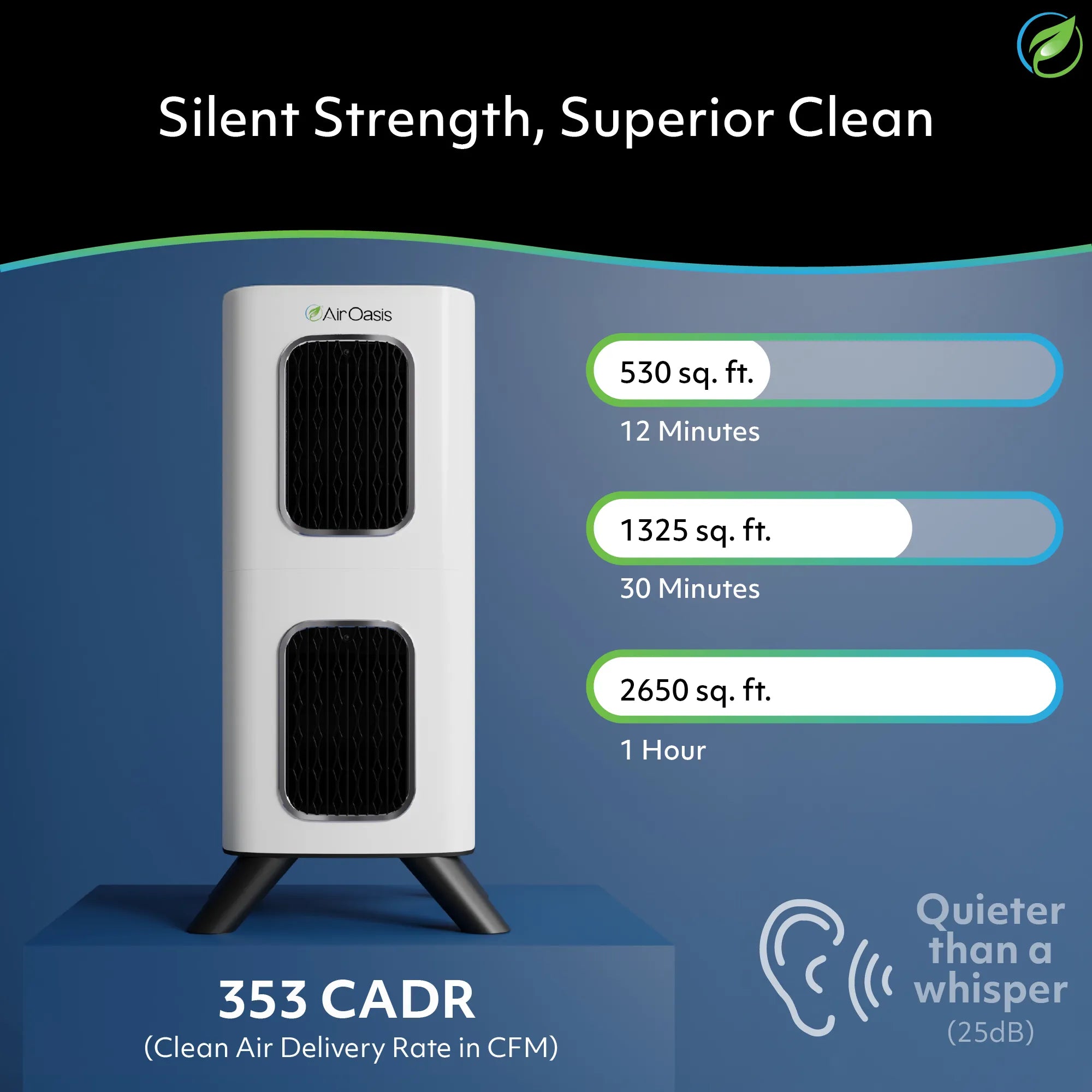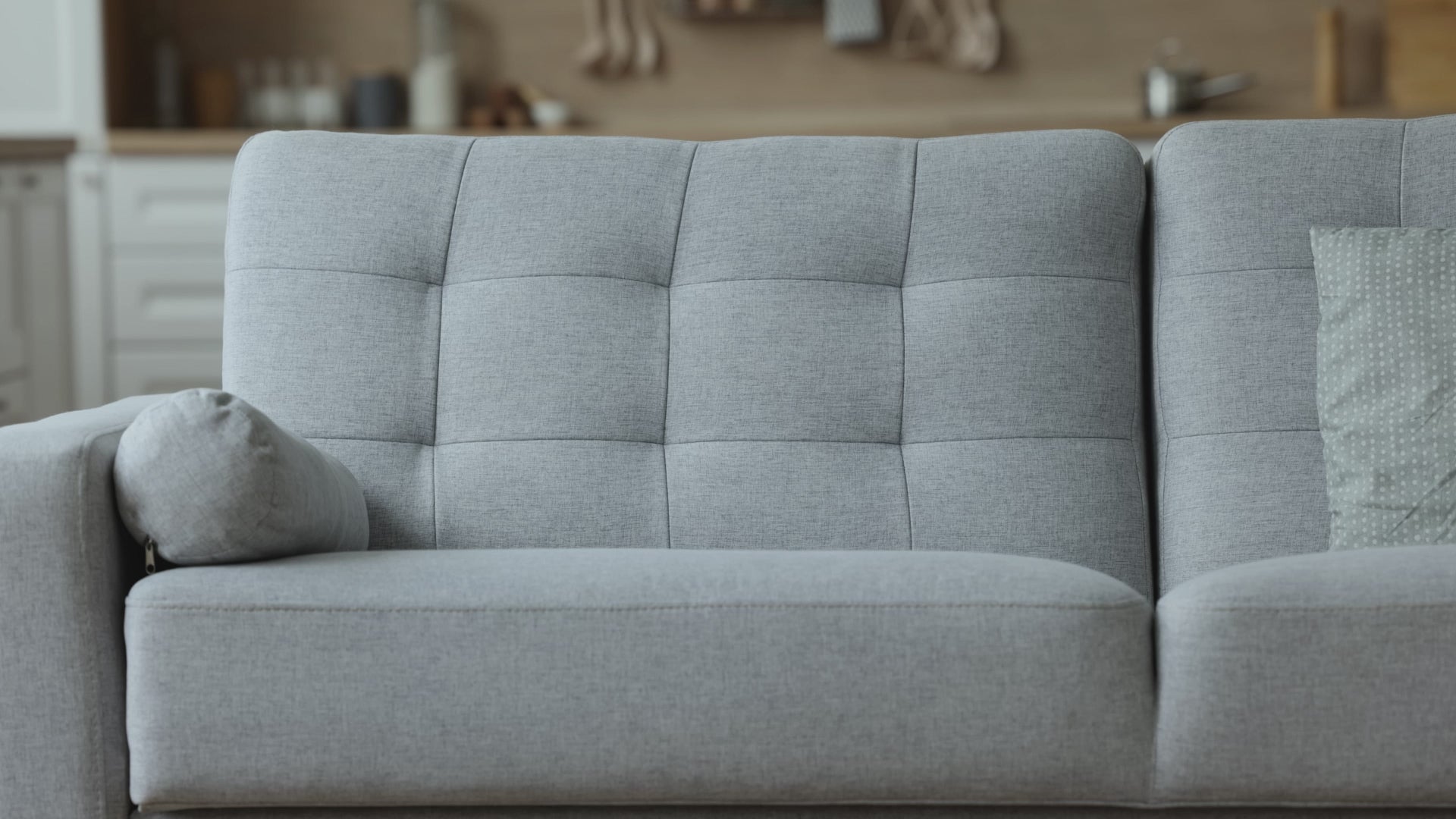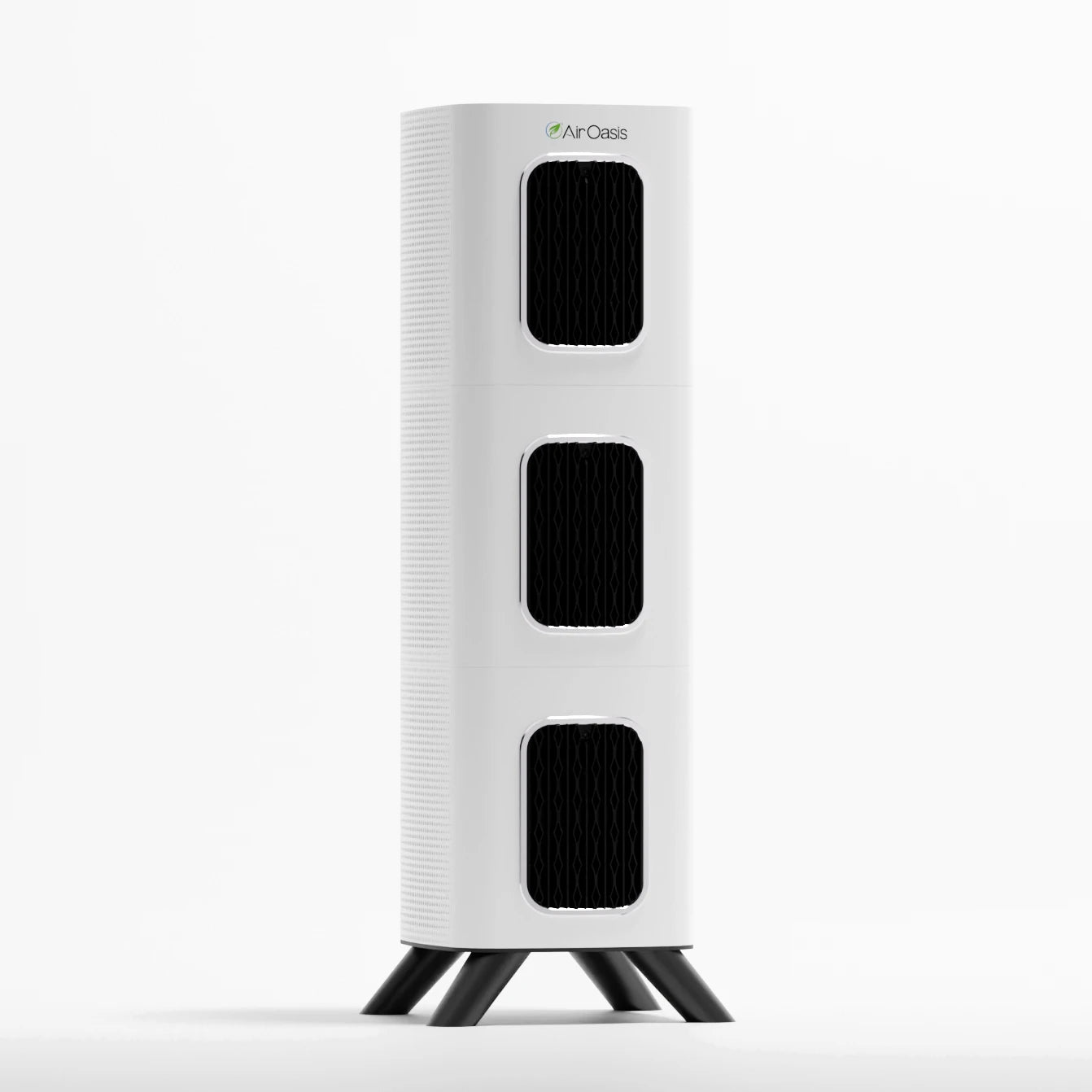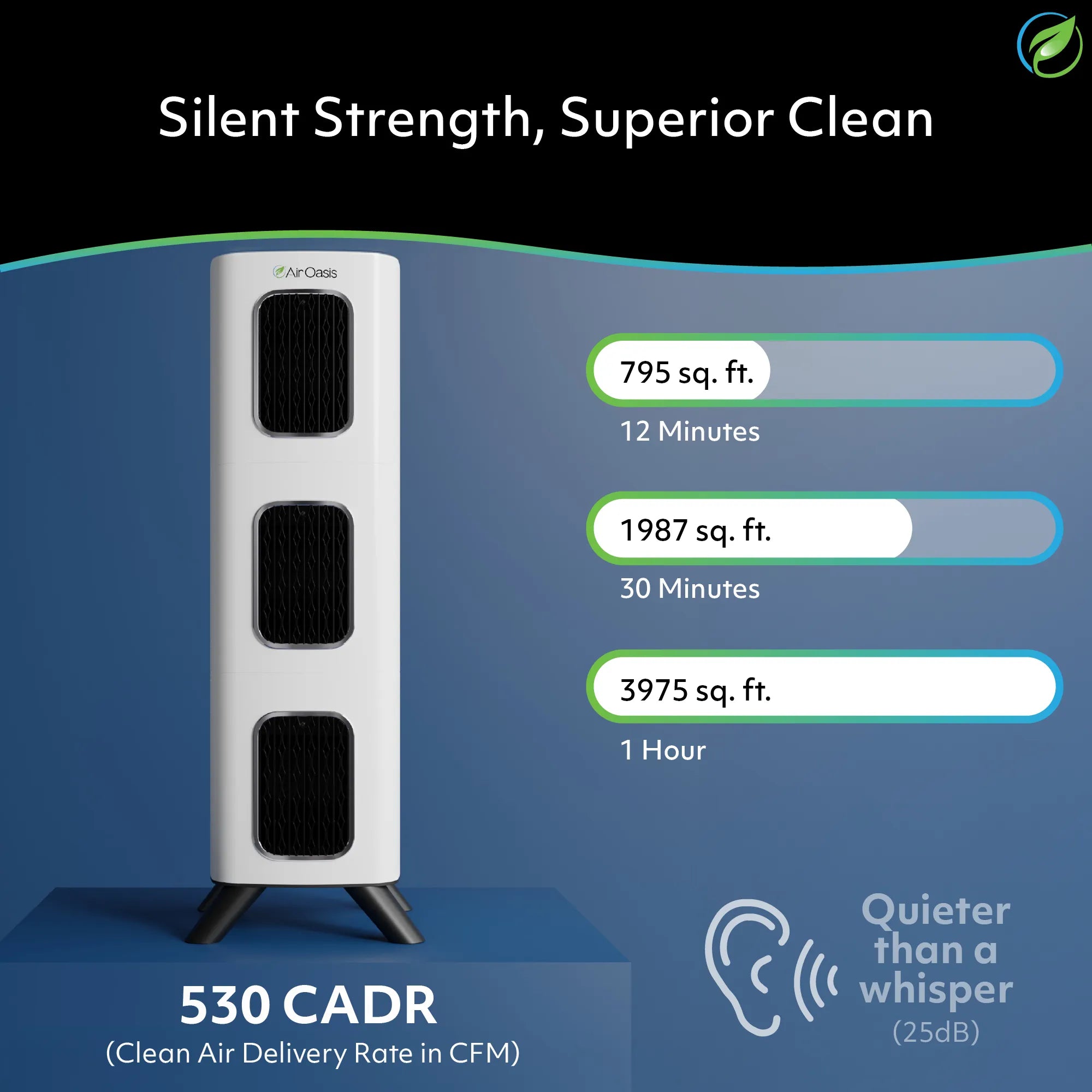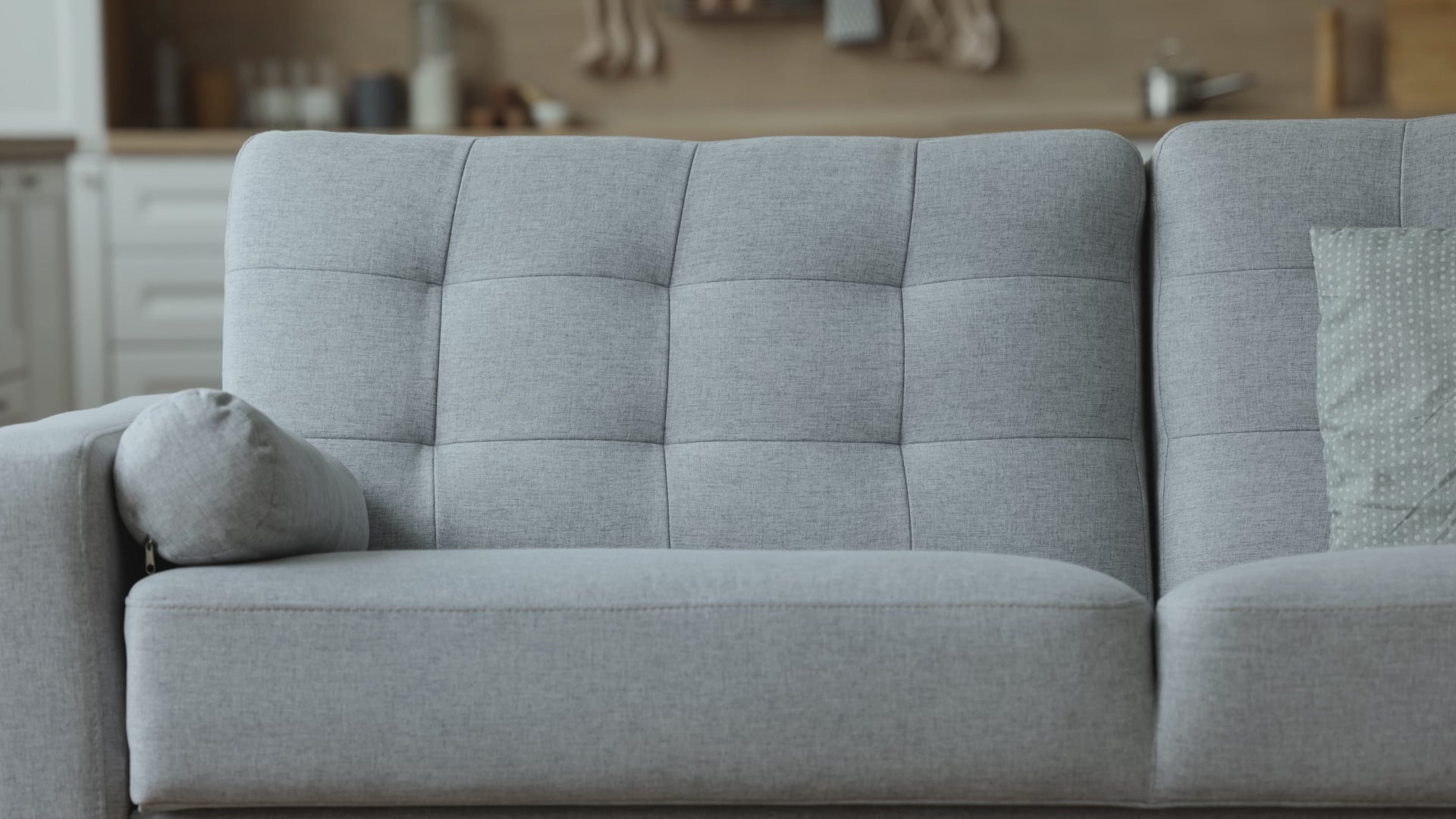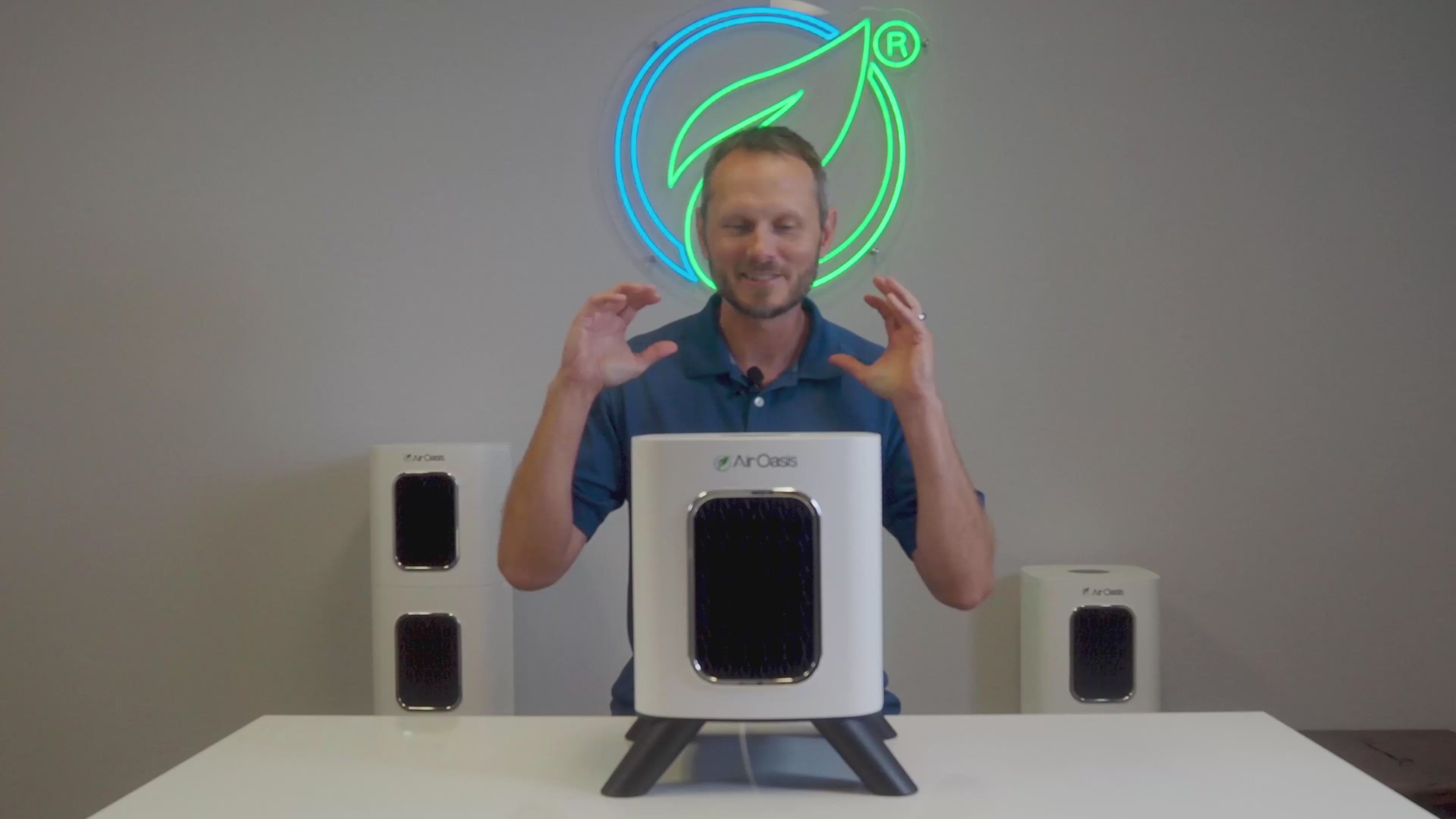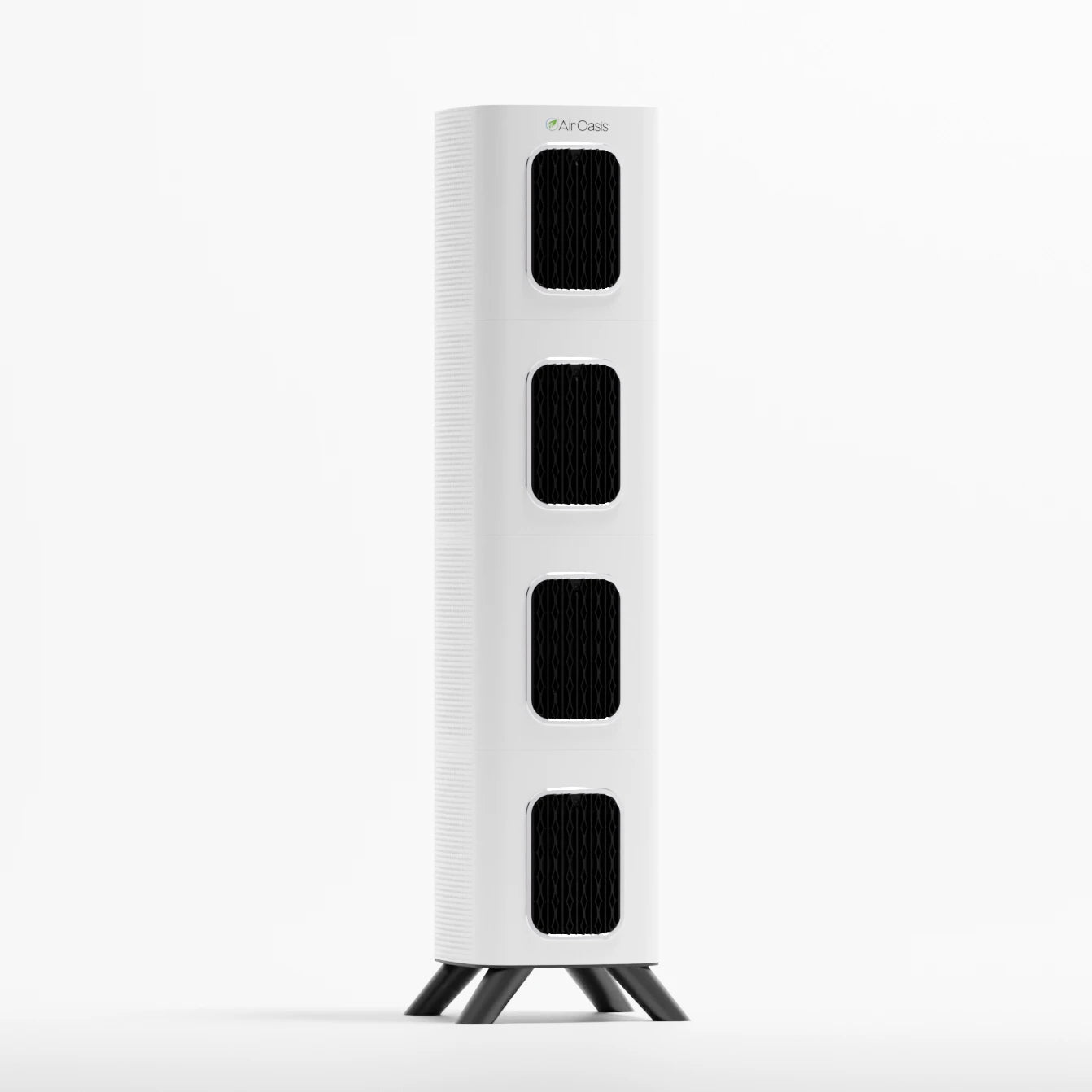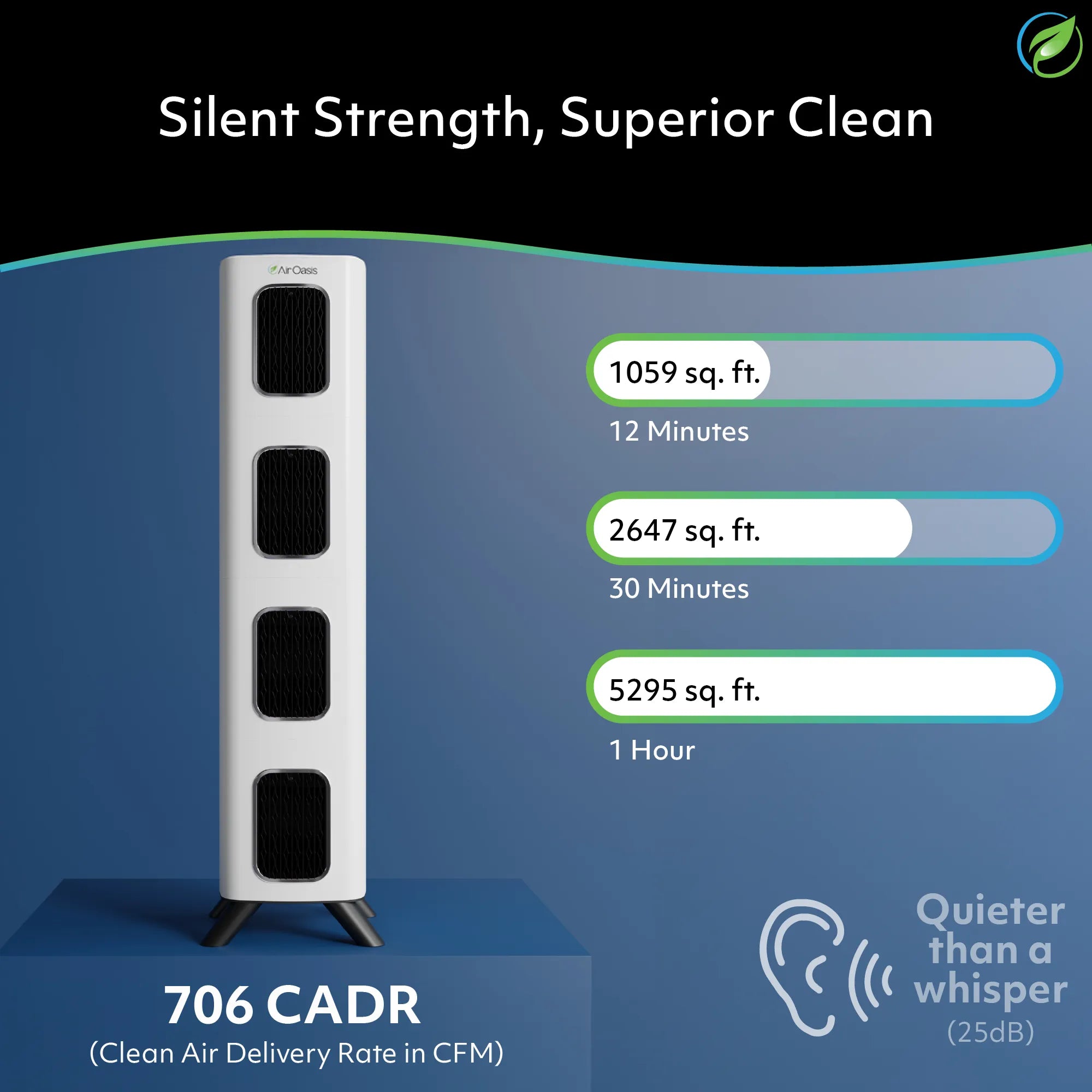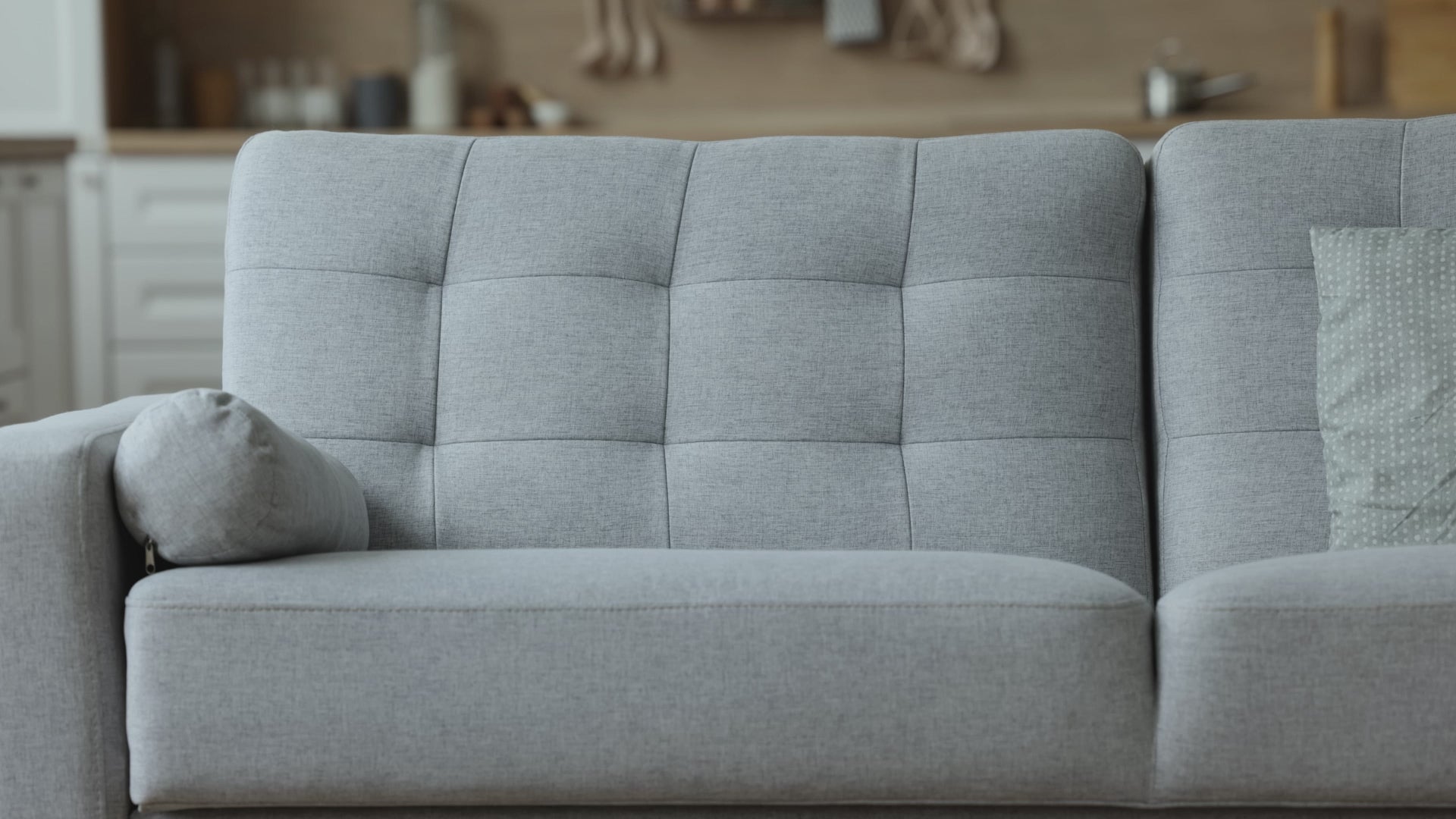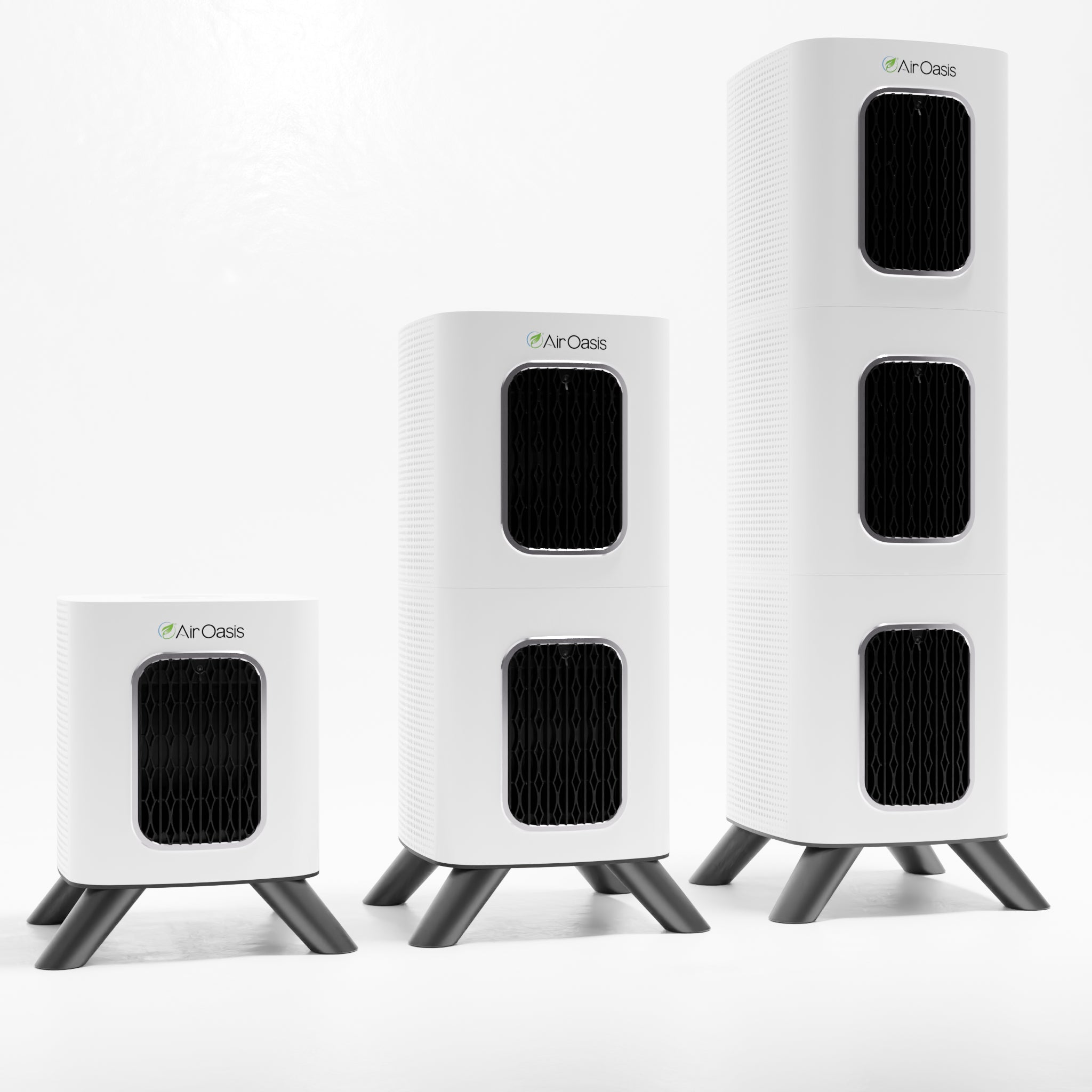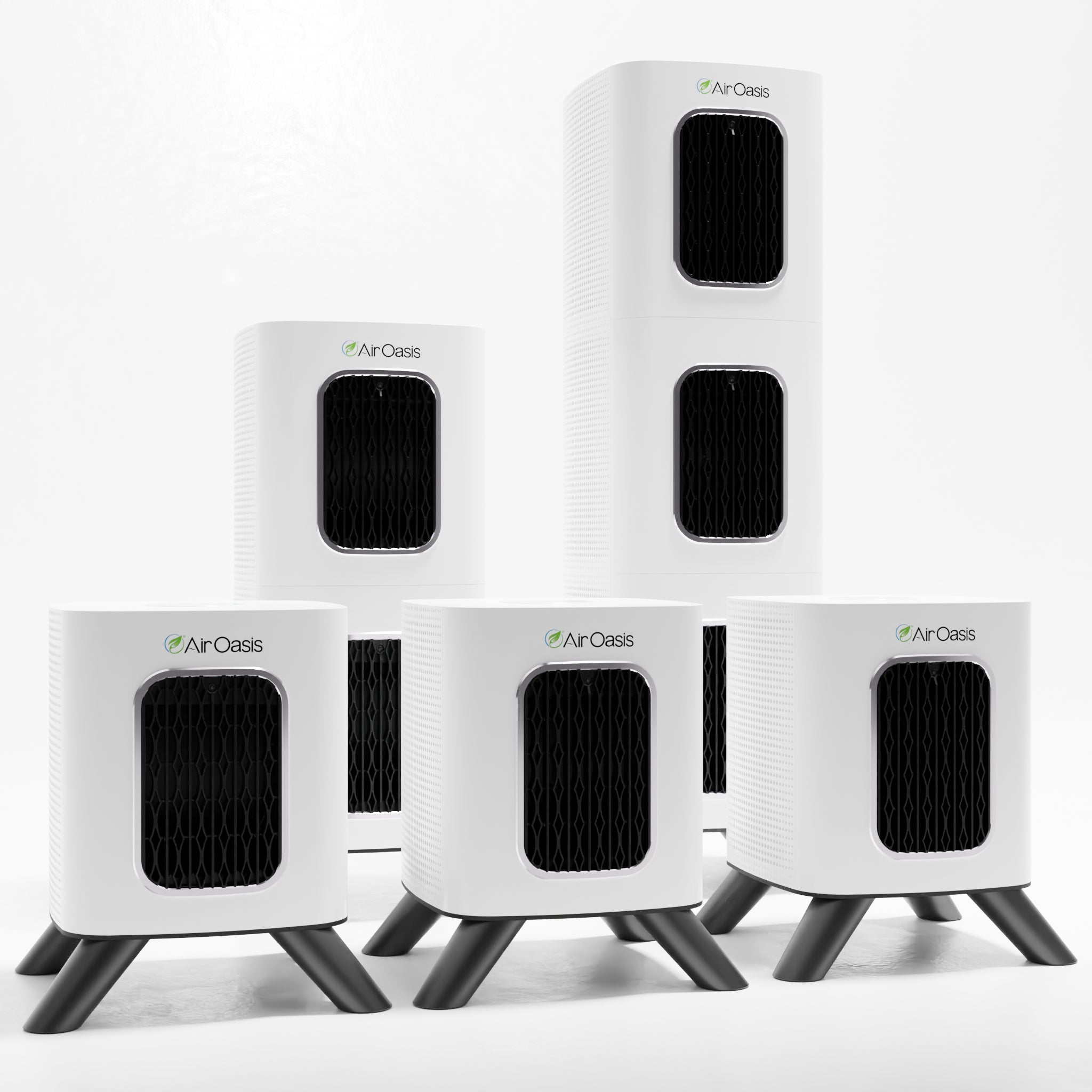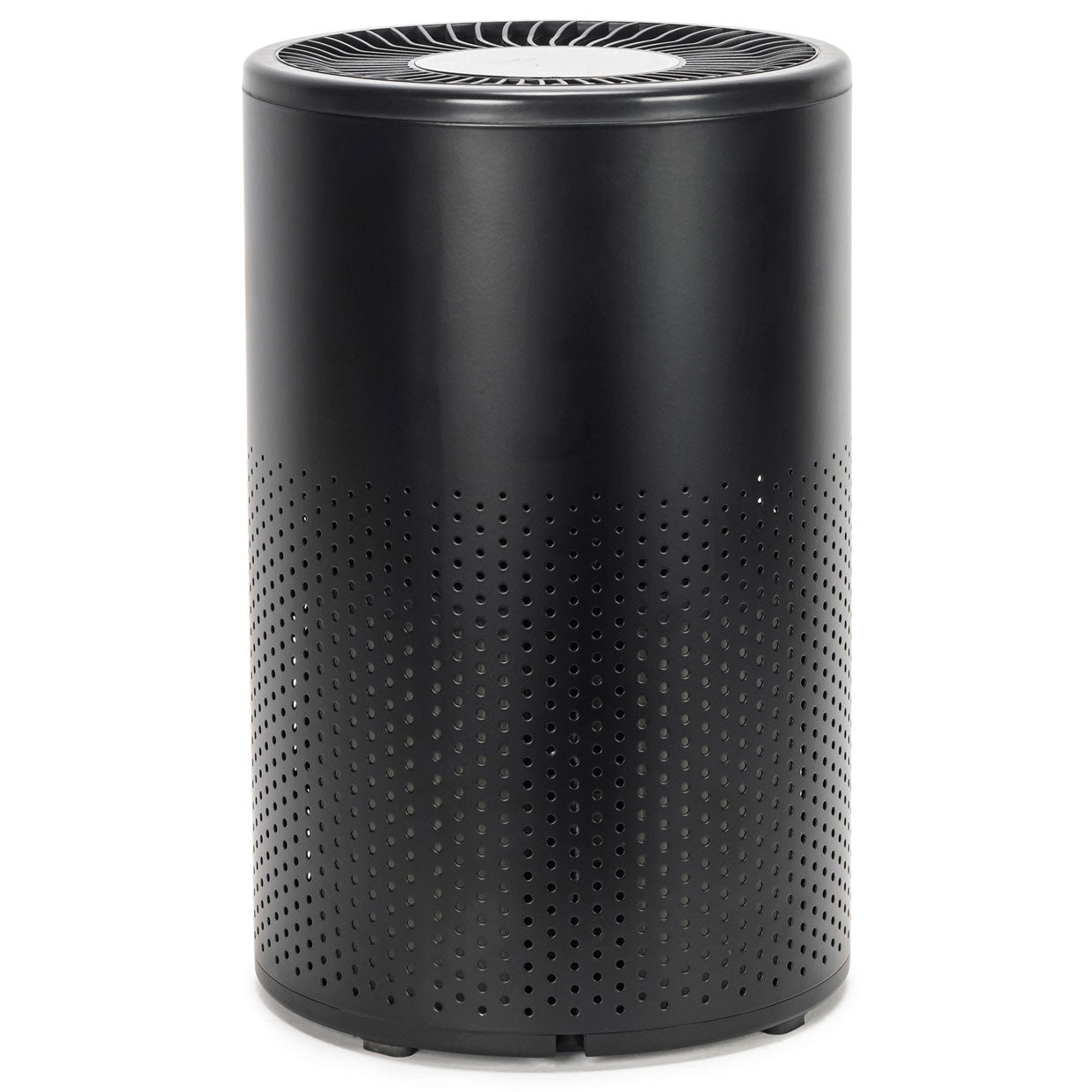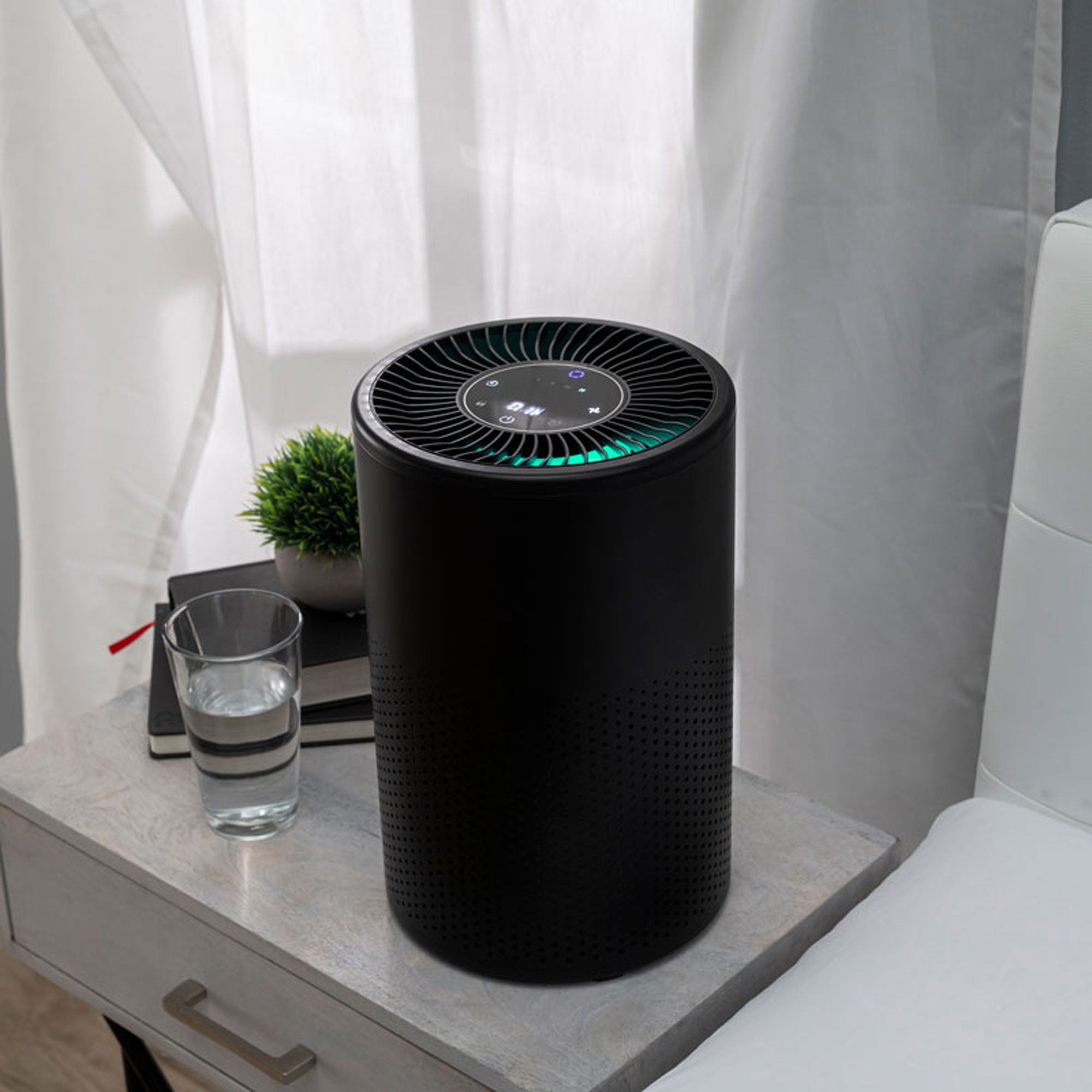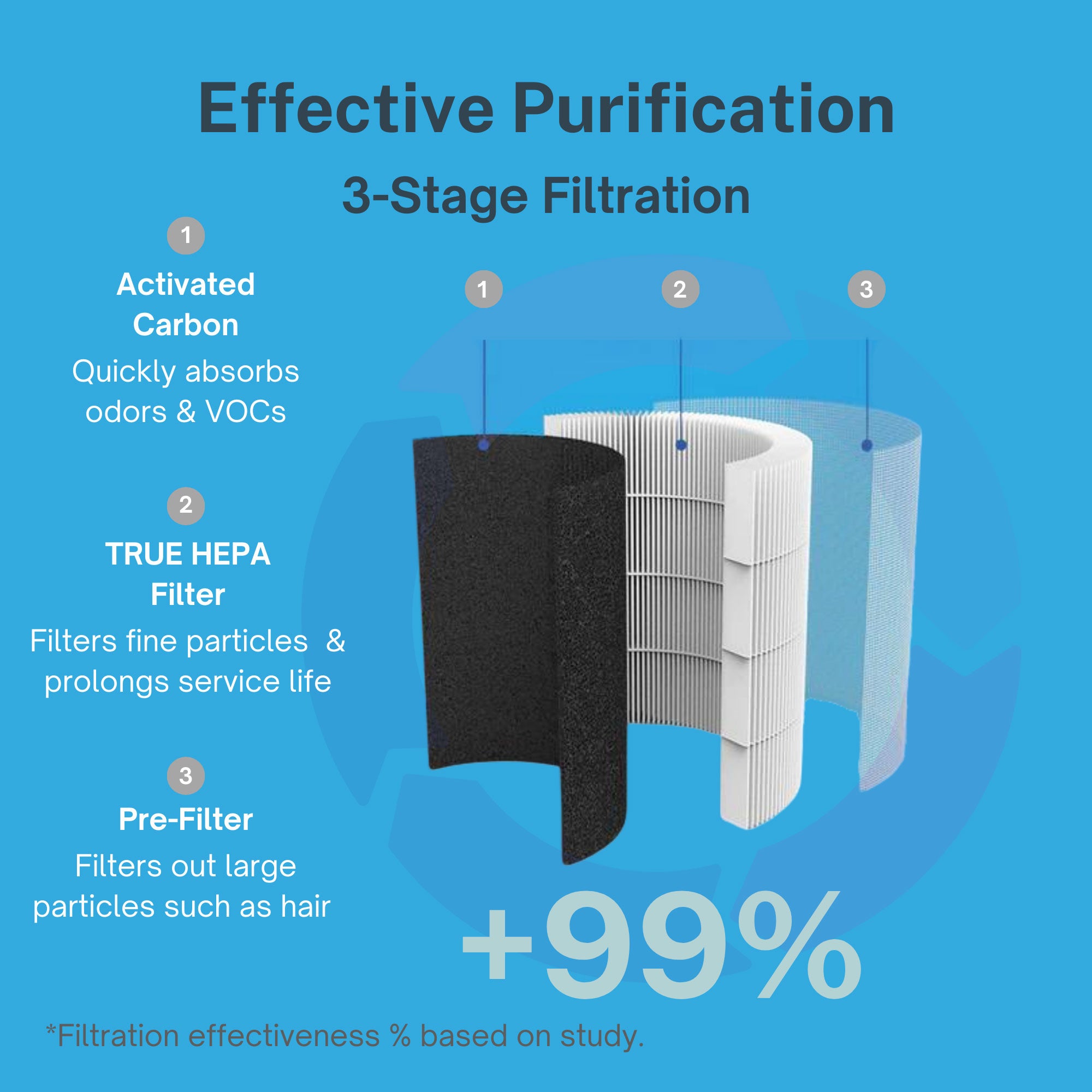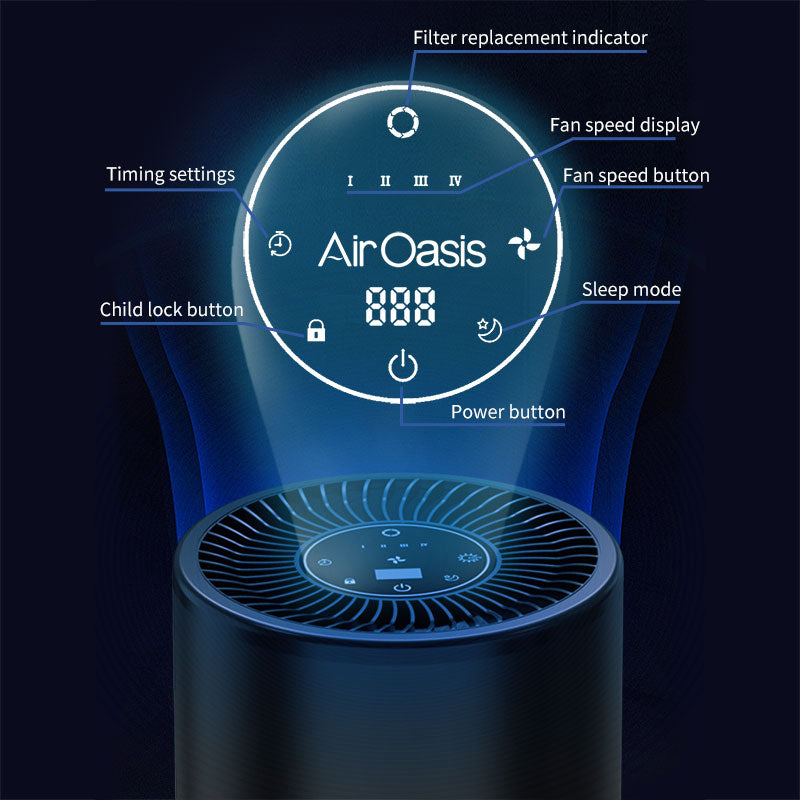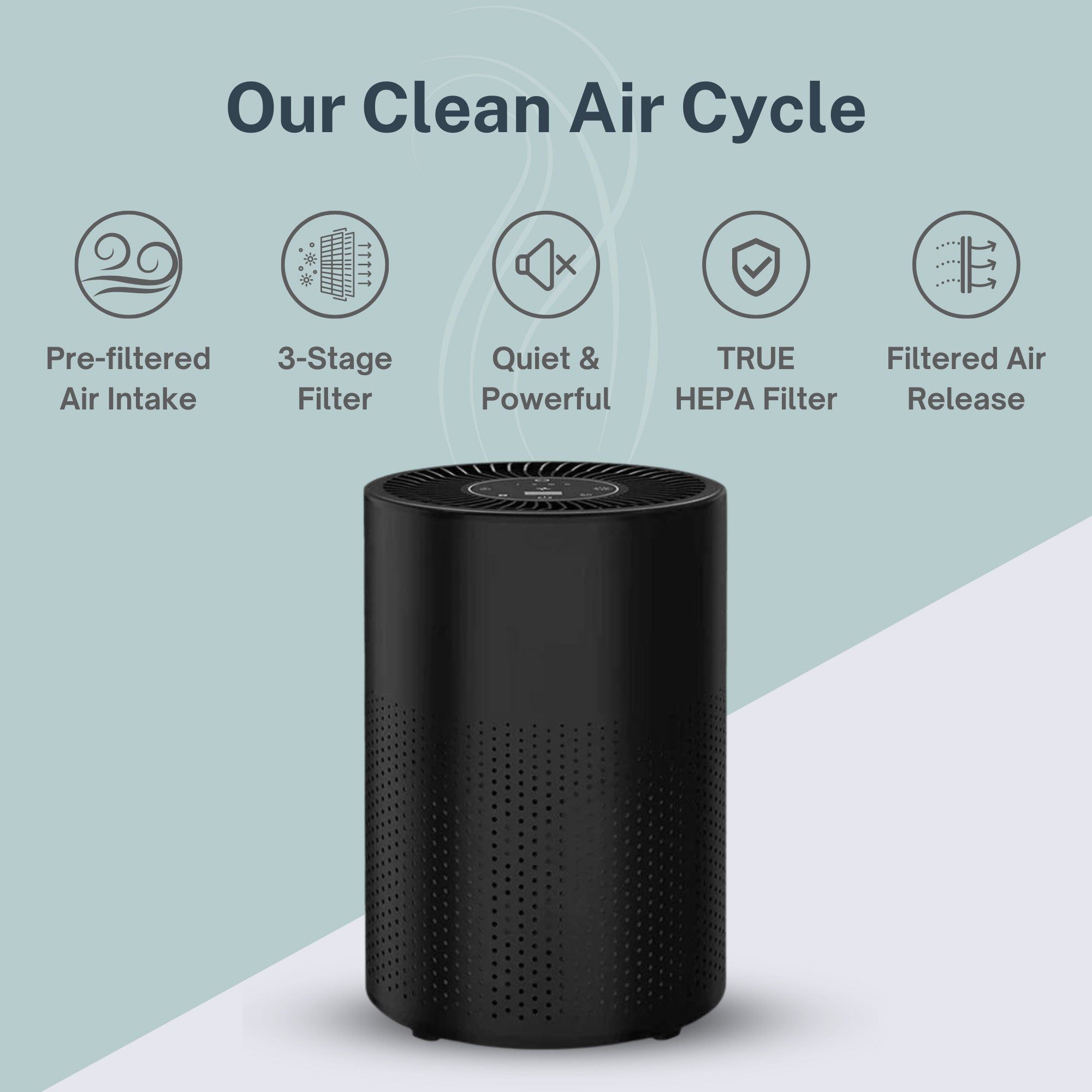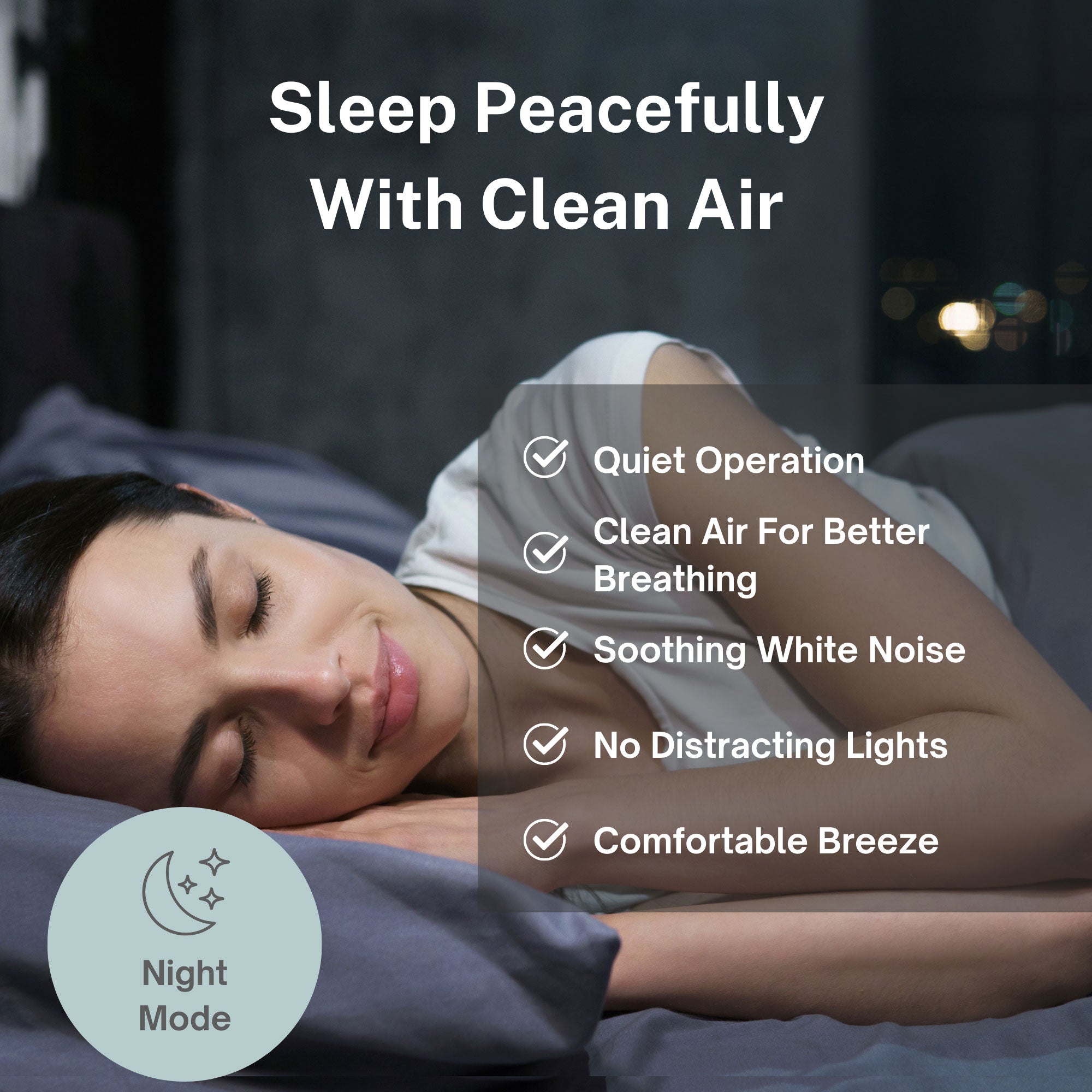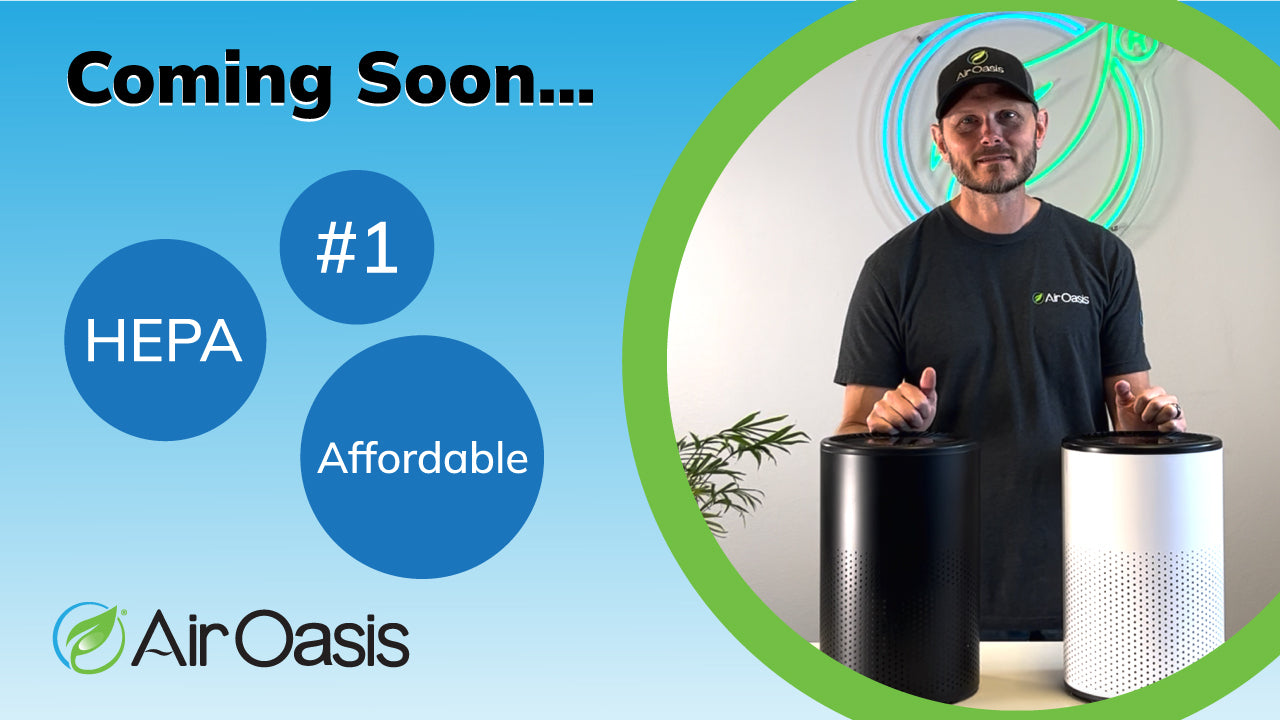That dark spot in your bathroom corner or musty smell in your basement might be more than just an aesthetic concern—it could be silently compromising your family's health. With climate change increasing humidity and precipitation patterns across the United States, toxic mold exposure has become a growing health concern that affects millions of households annually. Yet most people lack the knowledge to identify when household mold crosses the line from nuisance to serious health threat.
Understanding the difference between common household mold and potentially toxic varieties can mean the difference between minor remediation and significant health consequences. For health-conscious families, recognizing these warning signs early provides the opportunity to take protective action before symptoms develop.
The Startling Statistics Behind Mold-Related Health Issues
Mold-related health problems affect a significant portion of the population, though exact numbers remain difficult to quantify. According to the Centers for Disease Control and Prevention, exposure to damp and moldy environments may cause nasal stuffiness, throat irritation, coughing, eye irritation, and skin irritation in sensitive individuals.
Women appear disproportionately affected by chemical sensitivities related to mold exposure, according to a 2022 study published in Brain Sciences. The study found that women are significantly more likely than men to develop environmental sensitivities, though researchers note multiple potential factors including biological differences and exposure patterns.
Climate change is expected to worsen mold-related health risks. As global temperatures and humidity levels rise, researchers predict increased water damage from flooding and elevated moisture levels will create more favorable conditions for mold growth, particularly in lower-income housing where residents have fewer resources for proper remediation.
Identifying Toxic Mold: What Makes Some Molds Dangerous
Not all household mold presents the same health risks. Common mold varieties like the green fuzzy growth on forgotten food or surface mold in shower areas typically pose minimal health threats to most people. However, certain species can produce mycotoxins that trigger serious health reactions in sensitive individuals.
Stachybotrys chartarum, commonly known as black mold, represents one of the most concerning varieties due to its potential for mycotoxin production. This species thrives in chronically wet conditions and often appears as dark, slimy patches on materials like drywall, insulation, and ceiling tiles. However, visual identification alone cannot determine toxicity—laboratory testing is required for definitive species identification.
The location and extent of mold growth provide important clues about potential health risks. Mold growing inside wall cavities, HVAC systems, or throughout large areas of a home presents greater exposure risks than isolated surface growth.
Professional environmental testing can identify both mold species present and measure airborne spore concentrations. The Environmental Relative Moldiness Index (ERMI) provides standardized testing that compares your home's mold levels to a national database, helping determine if remediation is necessary.
Understanding Health Symptoms and Vulnerable Populations
Mold sensitivity affects individuals differently, making symptom recognition challenging. Common early symptoms include persistent fatigue, headaches, respiratory irritation, and cognitive difficulties often described as "brain fog." These symptoms can develop gradually, making the connection to mold exposure difficult to recognize initially.
Certain populations face elevated risks from mold exposure. Children, elderly individuals, and those with compromised immune systems experience more severe reactions to lower mold concentrations. People with existing respiratory conditions like asthma may find their symptoms worsen significantly in moldy environments.
The challenge of mold illness diagnosis stems from symptom overlap with many other conditions and the lack of standardized diagnostic tests. While urine tests for mycotoxins exist, the FDA has not approved them for clinical diagnosis, leaving many individuals seeking answers through alternative medicine practitioners.
For families concerned about mold exposure, the Air Oasis iAdaptAir systems offer comprehensive protection through medical-grade HEPA filtration, UV-C sterilization, and ionization technology that captures mold spores and neutralizes airborne mycotoxins before they can affect health.
Professional Assessment vs. DIY Testing Approaches
Professional mold inspection provides the most reliable assessment of potential health risks in your home. Certified mold inspectors use specialized equipment to detect moisture intrusion, identify mold growth in hidden areas, and collect samples for laboratory analysis. This comprehensive approach costs between $300-800 but provides definitive answers about mold species present and concentration levels.
DIY mold testing kits offer a more affordable initial screening option, typically costing $10-50. However, these tests have significant limitations in terms of accuracy and interpretation. Many DIY tests cannot differentiate between harmless environmental mold and potentially toxic species, leading to unnecessary anxiety or missed serious problems.
Air sampling provides valuable information about airborne spore concentrations throughout your home. Professional air sampling can detect mold problems even when visible growth is not apparent, making it particularly valuable for investigating health symptoms without obvious mold sources.
The timing of testing affects results significantly. Mold spore concentrations fluctuate based on weather conditions, HVAC system operation, and recent disturbance of moldy materials. Professional inspectors understand these variables and can recommend optimal testing conditions for accurate results.
Regardless of testing approach, any visible mold growth larger than 10 square feet requires professional remediation according to EPA guidelines. Smaller areas can often be cleaned safely by homeowners using proper protective equipment and EPA-approved cleaning solutions.
Creating Your Mold Prevention and Protection Strategy
Effective mold prevention focuses on moisture control, which remains the most important factor in preventing mold growth. Maintain indoor humidity levels between 30-50% using dehumidifiers, exhaust fans, and proper ventilation. Address water leaks immediately and ensure adequate drainage around your home's foundation.
High-efficiency air purification provides crucial protection against airborne mold spores and mycotoxins. Look for systems that combine HEPA filtration with UV-C sterilization and ionization technology for comprehensive mold protection. Regular filter replacement maintains optimal performance and ensures continued protection for your family.
Implement regular home inspections focusing on areas prone to moisture accumulation: basements, attics, bathrooms, and around windows. Check for water stains, musty odors, and visible mold growth monthly. Early detection allows for prompt remediation before health symptoms develop.
Maintain proper building materials in moisture-prone areas. Use mold-resistant drywall in bathrooms, ensure proper insulation in attics and basements, and consider replacing carpeting with hard surface flooring in areas with potential moisture issues.
Take Action to Protect Your Family's Health Today
Toxic mold represents a serious but preventable health threat that requires proactive management rather than reactive treatment. By understanding identification methods, implementing comprehensive prevention strategies, and investing in proper air purification technology, you can create a healthy home environment that protects your family's wellness.
The key to mold protection lies in combining moisture control, regular monitoring, and advanced air purification technology. Don't wait until health symptoms develop to address potential mold problems in your home.
Ready to protect your family from toxic mold exposure? Shop Air Oasis today for medical-grade air purification systems that provide comprehensive protection against mold spores and mycotoxins.
Frequently Asked Questions About Toxic Mold
Let's go over some Qs you may have about toxi mold.
What's the difference between regular mold and toxic mold?
Regular household mold typically appears on food or damp surfaces and poses minimal health risks to most people. Toxic mold refers to species that produce mycotoxins—harmful compounds that can trigger serious health reactions in sensitive individuals, particularly with prolonged exposure.
Can air purifiers really help with mold problems?
Yes, high-quality air purifiers with HEPA filtration can capture mold spores before they settle and grow. Systems that combine HEPA, UV-C, and ionization technology provide the most comprehensive protection by both capturing spores and neutralizing mycotoxins in the air.
How long does it take to get sick from mold exposure?
Mold sensitivity varies significantly between individuals. Some people experience immediate reactions like sneezing or eye irritation, while others may develop symptoms gradually over weeks or months of exposure. Those with compromised immune systems typically react more quickly and severely.
Is black mold always dangerous?
Not all black-colored mold is the toxic Stachybotrys chartarum species. Many molds appear dark or black but don't produce harmful mycotoxins. Professional testing is required to identify specific mold species and determine actual health risks.
Should I leave my home if I find mold?
Small areas of surface mold can often be cleaned safely with proper precautions. However, if you're experiencing health symptoms, have extensive mold growth (over 10 square feet), or suspect mold in HVAC systems, consider temporary relocation during professional remediation to avoid continued exposure.


